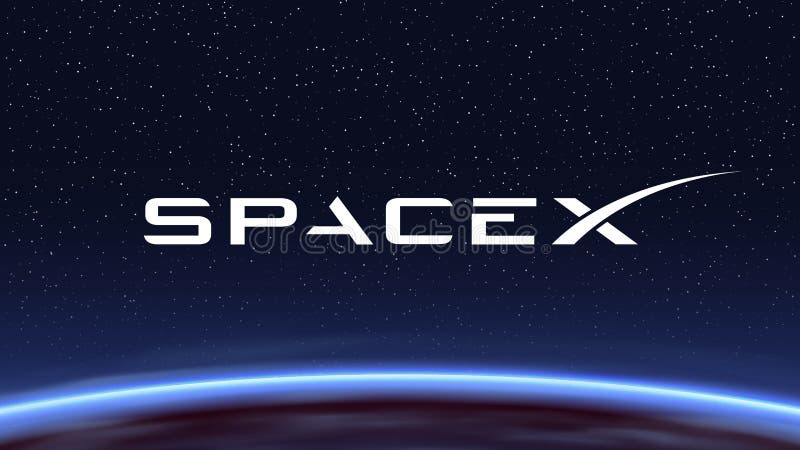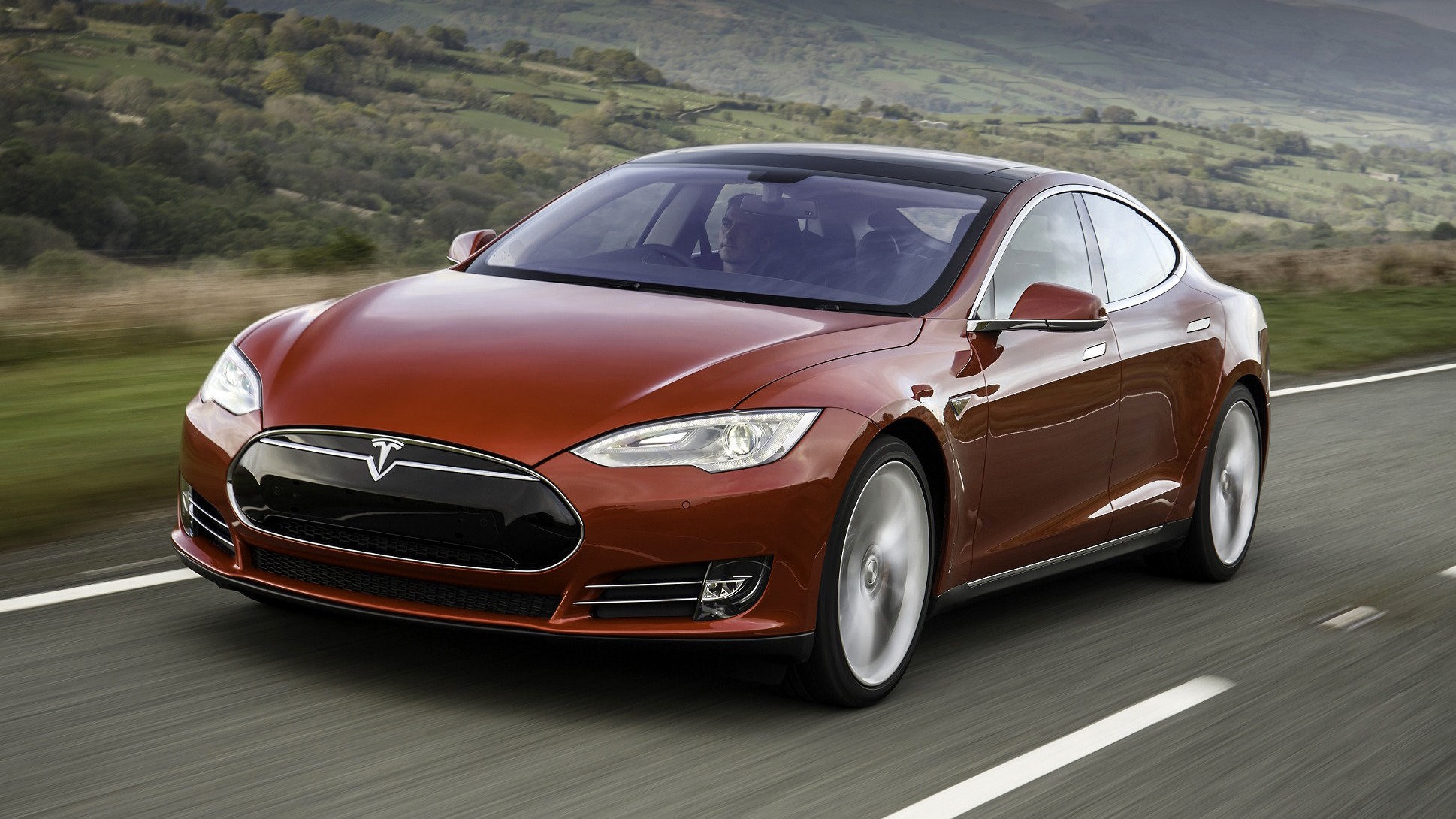DOB: 28 June 1971
PLACE OF BIRTH: Pretoria, South Africa
EDUCATION: University of Pennsylvania, United States
COMPANIES: PayPal, SpaceX, Tesla Motors, The Boring Company and SolarCity.
Fig.1 Elon Musk. Britta Pedersen-Pool/Getty Imagesr
Around age 10, Musk developed an interest in computing and video games and acquired a Commodore VIC-20.[16][17] He learned computer programming using a manual and, by age 12, sold the code of a BASIC-based video game he created called Blastar to PC and Office Technology magazine for approximately $500. An awkward and introverted child, Musk was bullied throughout his childhood and was once hospitalized after a group of boys threw him down a flight of stairs. He attended Waterkloof House Preparatory School and Bryanston High School before graduating from Pretoria Boys High School.
Aware it would be easier to enter the United States from Canada,[23] Musk applied for a Canadian passport through his Canadian-born mother.[24][25] While awaiting the documentation, he attended the University of Pretoria for five months; this allowed Musk to avoid mandatory service in the South African military.[26] Arriving in Canada in June 1989, Musk failed to locate a great-uncle in Montreal and instead stayed at a youth hostel. He then traveled west to live with a second-cousin in Saskatchewan.[27] He stayed there for a year, working odd jobs at a farm and lumber-mill.[28] In 1990, Musk entered Queen's University in Kingston, Ontario.[29][30] Two years later, he transferred to the University of Pennsylvania; he graduated in 1997 with a Bachelor of Science degree in economics and a Bachelor of Arts degree in physics.[31][32][33] In 1994, Musk held two internships in Silicon Valley during the summer: at energy storage startup Pinnacle Research Institute, which researched electrolytic ultracapacitors for energy storage, and at the Palo Alto-based startup Rocket Science Games.[34] In 1995, Musk was accepted to a Doctor of Philosophy (Ph.D.) program in materials science at Stanford University in California.[35] Musk attempted to get a job at Netscape but never received a response to his inquiries.[24] He dropped out of Stanford after two days, deciding instead to join the Internet boom and launch an Internet startup.[36]
In 1995, Musk, Kimbal, and Greg Kouri founded web software company Zip2 with funds from angel investors.[14] They housed the venture at a small rented office in Palo Alto.[37] The company developed and marketed an Internet city guide for the newspaper publishing industry, with maps, directions, and yellow pages.[38] Musk says that before the company became successful, he could not afford an apartment and instead rented an office and slept on the couch and showered at the YMCA, and shared one computer with his brother.
The Musk brothers obtained contracts with The New York Times and the Chicago Tribune,[39] and persuaded the board of directors to abandon plans for a merger with CitySearch.[40] Musk's attempts to become CEO, a position held by its Chairman Rich Sorkin,[41] were thwarted by the board.[42] Compaq acquired Zip2 for $307 million in cash in February 1999.[43][44] Musk received $22 million for his 7-percent share.
X.com and PayPal
In 1999, Musk co-founded X.com, an online financial services and e-mail payment company.[47] The startup was one of the first online banks to be federally insured, and, within its initial months, over 200,000 customers joined the service.[48] The company's investors saw Musk as inexperienced and had him replaced with Intuit CEO Bill Harris by the end of the year.[49] The following year, X.com merged with online bank Confinity to prevent unnecessary competition.[37][49][50] Founded by Max Levchin and Peter Thiel,[51] Confinity had its own money-transfer service, PayPal, which was more popular than X.com's service.[45][52] Within the merged company, Musk returned as CEO. Musk's preference for Microsoft software over Linux created a rift in the company and caused Thiel to resign.[53] Due to resulting technological issues and lack of a cohesive business model, the board ousted Musk and replaced him with Thiel in September 2000.[54][note 3] Under Thiel, the company focused on the PayPal service and was renamed PayPal in 2001.[56][57] In 2002, PayPal was acquired by eBay for $1.5 billion in stock, of which Musk—the largest shareholder with 11.7%—received over $100 million.
SpaceX
In October 2001, Musk traveled to Moscow to buy refurbished Intercontinental ballistic missiles (ICBMs) that could send the greenhouse payloads into space. He met with companies NPO Lavochkin and Kosmotras; however, Musk was seen as a novice and was even spat on by one of the Russian chief designers. The group returned to the United States empty-handed. In February 2002, the group returned to Russia to look for three ICBMs. They had another meeting with Kosmotras and were offered one rocket for $8 million, which Musk rejected. Musk instead decided to start a company that could build affordable rockets.[63] With $100 million of his early fortune,[64] Musk founded Space Exploration Technologies Corp., traded as SpaceX, in May 2002.[65] As of 2021, he remains the company's CEO and also holds the title of Chief Engineer.

SpaceX Rocket: "Dragon"

SpaceX Logo
After three failed launches, SpaceX succeeded in launching the Falcon 1 in 2008. It was the first private liquid-fuel rocket to reach Earth orbit.[67] Later that year, SpaceX received a $1.6 billion Commercial Resupply Services program contract for 12 flights of its Falcon 9 rocket and Dragon spacecraft to the International Space Station, replacing the Space Shuttle after its 2011 retirement.
Working towards its goal of reusable rockets, in 2015, SpaceX successfully landed the first stage of a Falcon 9.[70] Landings were later achieved on an autonomous spaceport drone ship, an ocean-based recovery platform.[71] In 2018, SpaceX launched the Falcon Heavy; the inaugural mission carried a Tesla Roadster as a dummy payload.[72][73] In 2017, SpaceX unveiled its next-generation launch vehicle and spacecraft system, Big Falcon Rocket (BFR), which would support all SpaceX launch service provider capabilities.
Tesla first built an electric sports car, the Roadster, in 2008. With sales of about 2,500 vehicles, it was the first serial production all-electric car to use lithium-ion battery cells.[90] Tesla began delivery of its four-door Model S sedan in 2012;[91] a cross-over, the Model X was launched in 2015.[92][93] A mass market sedan, the Model 3 was released in 2017.[94][95] As of March 2020, it is the world's best-selling electric car, with more than 500,000 units delivered.[96] A fifth vehicle, the Model Y crossover, was launched in 2020.[97] The Cybertruck, an all-electric pickup truck, was unveiled in 2019.[98][99] Under Musk, Tesla has also constructed multiple lithium-ion battery and electric vehicle subassembly factories, such as Gigafactory 1 in Nevada and Gigafactory 3 in China.[100][101][102] Since its initial public offering in 2010,[103] Tesla stock has risen significantly; it became the most valuable carmaker in summer 2020.[104][105] It entered the S&P 500 later that year.
